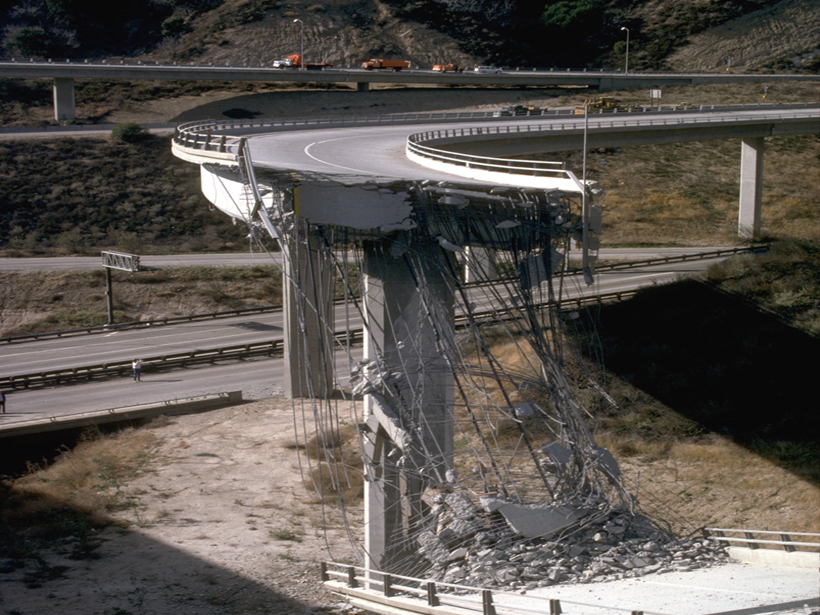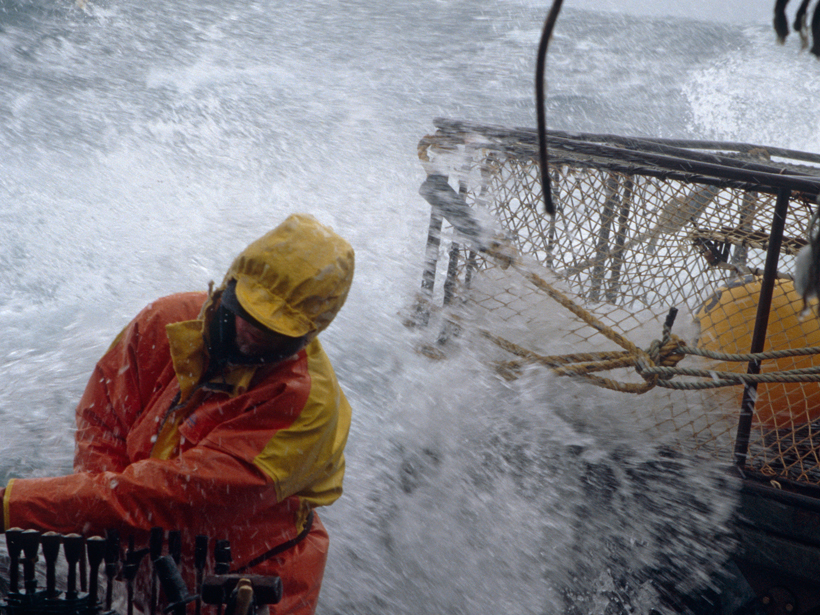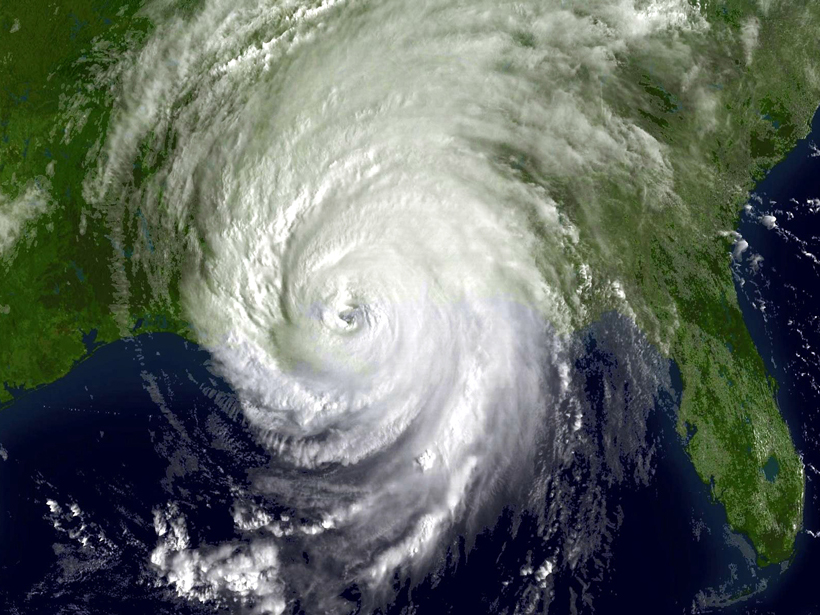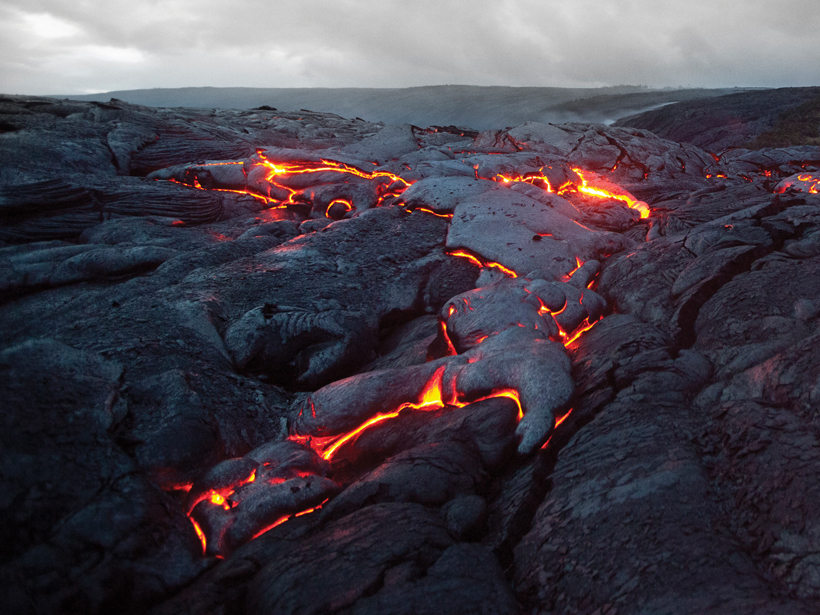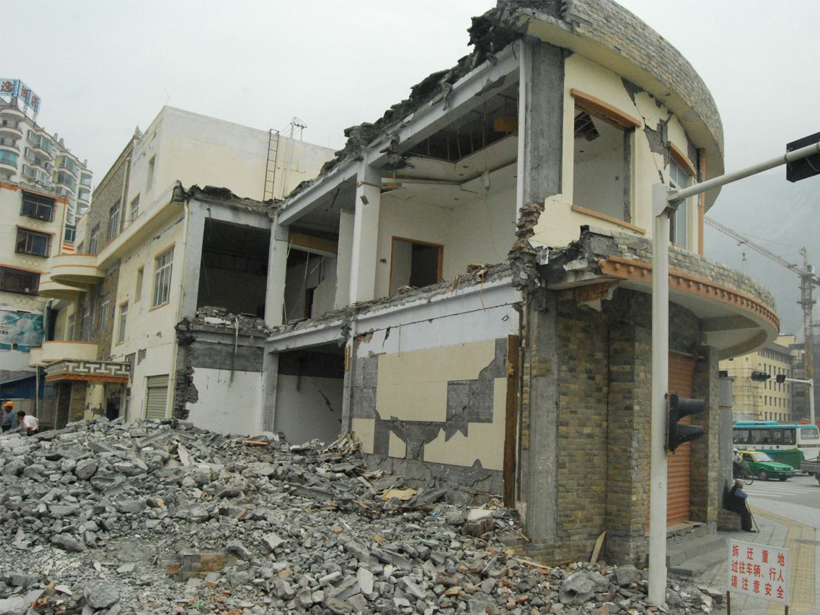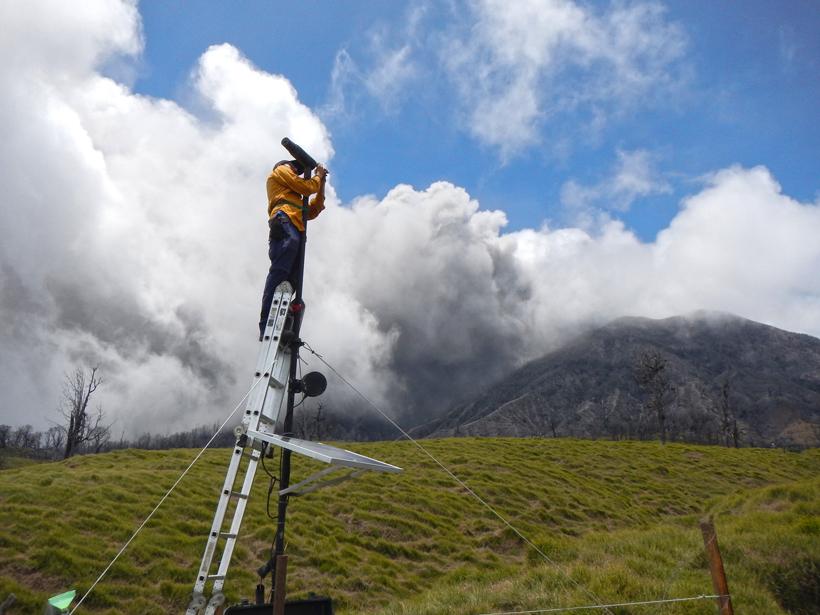This winter could bring warmer temperatures to northern states and much-needed rain and snow to southern California and the Southwest.
Hazards & Disasters
Predicting Space Weather on a Satellite Superhighway
Scientists combined 82 satellite years of data to create a more comprehensive model of how plasma behaves in a region of Earth's magnetosphere with heavy spacecraft traffic.
Position Statement on Hazards: Call for Comments
Feedback sought from American Geophysical Union members until 30 September on draft statement emphasizing partnering of scientists, policy makers, and stakeholders to improve hazards resilience.
A Weather Eye on Coastal Winds
New satellite radar image-processing system provides wind speed maps with an unprecedented degree of precision. Such maps will help coastal communities prepare for wind-related hazards.
Does U.S. Hurricane Rating Scale Get the Danger Right?
Some scientists think it's time to retire the Saffir-Simpson scale and start fresh.
Ten Years After Katrina: What Have We Learned?
One mitigation strategy—relocating people and sensitive infrastructure to higher ground—eventually will need to be considered as sea level rise accelerates.
What Lies Deep in the Mantle Below?
For decades, scientists have probed Earth's remote mantle by analyzing how seismic waves of distant earthquakes pass through it. But we are still challenged by the technique's limitations.
Forecasting and Communicating Risk of Rip Currents, Wave Runup
NOAA Coastal Hazards Resilience Workshop—Rip Currents and Wave Runup; Suffolk, Virginia, 14–16 April 2015
New Models Explain Unexpected Magnitude of China's Wenchuan Quake
The 2008 earthquake surprised scientists, but the inclusion of new variables reveals that Earth's crust under the Sichuan Province was under more strain than previously thought.
Monitoring Gas Emissions Can Help Forecast Volcanic Eruptions
5th Meeting of the Network for Observation of Volcanic and Atmospheric Change; Turrialba Volcano, Costa Rica, 27 April to 1 May 2015



